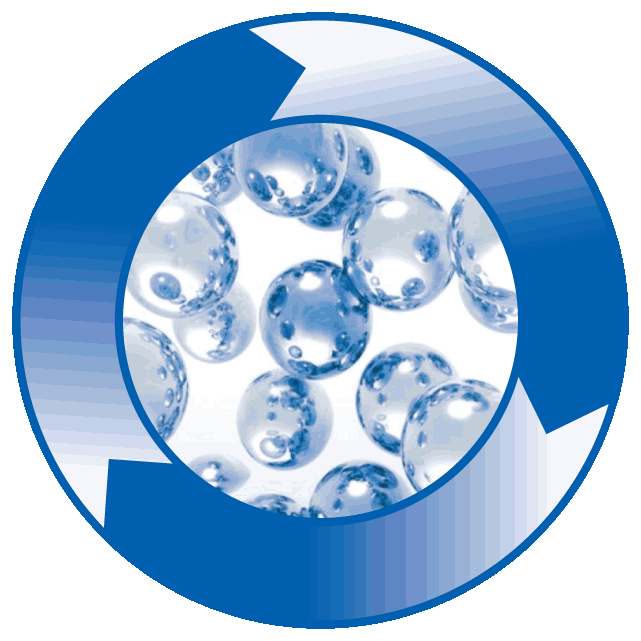Your Home Failed a Water Test, Now What?
Written by Rebekah Hildebrand
April 17, 2020
Home ownership comes with many tough and time consuming responsibilities. When buying or selling a home with a well, a water test is often required. So when your water test fails with high levels of bacteria, it is important to fix the issue as quickly and painlessly as possible. Especially since having safe water is essential for your family’s well-being.
Treatment Options
"Home for Sale Sign", by Mark Moz, licensed under CC BY 2.0
Shocking the well with chlorine is one option to consider. One gallon of bleach poured into the well may allow you to pass a water test, but the bacteria may return and continue undiscovered until another water test is performed. Continuous chlorination systems exist, but do you really want to be bleaching your family’s water frequently? A constant method of disinfection that provides uninterrupted protection is the preferable course of action.
Ultraviolet Light Disinfection
Ultraviolet light is a safe, yet effective, chemical-free treatment option. Ultraviolet water treatment systems can sterilize many micro-organisms found most frequently in well water such as E. coli and coliform. UV light effectively alters the DNA sequences of bacteria, viruses, and mold spores to halt reproduction.
Disinfection occurs as the water passes through the chamber and is exposed to rays of ultraviolet light. Units come in various sizes and are labeled based upon gallons per minute (gpm). You can determine the properly sized unit according to the number of bathrooms and residents.
Upon initial set-up, pouring half a cup of bleach through the system and running it through the home ensures that the plumbing lines are free of bacteria currently living past the treatment system. More information about disinfecting plumbing lines is available.
Any solids particles such as dirt or debris act as a barrier to decrease the effectiveness of the UV light. Therefore, pre-filters may be required to remove sediment in the water. A UV system should be installed after any filters or treatment systems and before the hot water heater.
The unit’s chamber can be installed vertically or horizontally. One outlet is required to run the ballast which powers the ultraviolet bulb. It is recommended that a three-valve bypass be installed to allow for future maintenance of the system. Assistance from a certified plumber may be required for the initial installation.
The UV system’s status can be viewed through a glass port on the chamber. The light will become dim if the quartz sleeve becomes dirty due to sediment. The view port also allows the bulb’s status to be checked.
Once an ultraviolet purification system is installed, minimal upkeep is required. The UV bulb is effective for 9,000 hours or approximately one year although the bulb may remain lit for longer. Replacing the bulb is quick to accomplish in eight simple steps.
Depending on the quality of the water flowing through the UV treatment system, the protective quartz sleeve within the unit may need to be cleaned during the annual bulb change. Pre-filters will help to remove sediment before it can reach the unit and settle on the quartz sleeve.
Solution
A UV system is a constant source of comfort for your family’s safety. Disinfected water is delivered throughout your home without the use of continual chemical sterilization methods. EnviroCleanse Systems offers the solution with our line of Pristine Water Systems UV treatment. Please call 410-827-8885 to discuss options.
"E. coli Bacteria", by NIAID, licensed under CC BY 2.0


